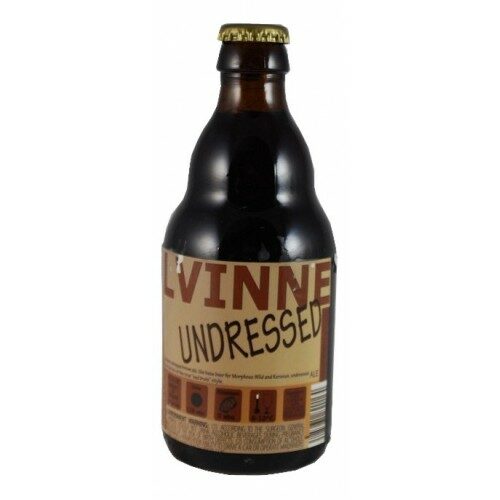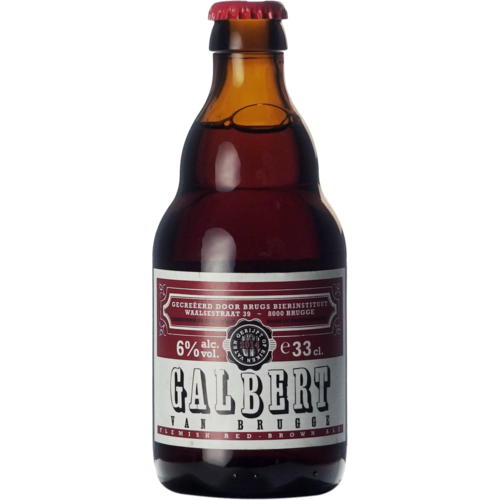It is brewed like traditional beer, by leaving hot wort to cool down naturally. Then, the beer is poured into traditional old port wine or sherry barrels, used multiple times to ferment beer, or into steel barrels. This allows specific microflora to spontaneously enter the wort. Apart from standard brewer’s yeast, we find here wild yeast such as the famous bretts (Brettanomyces bruxellensis) – usually found in beers aged in oak barrels, bacteria which produce lactic acid – Lactobacillus, acetic acid – Acetobacter and others. Flemish beer is matured in barrels for a long time: a year or more, and then blended – aged beer is mixed with young beer to achieve the right aroma and taste composition. These practices combined with the specific microflora make the characteristic one-of-a-kind beer. Bretts give the beer aromatic tones that bring to mind horse stables, hay, leather, horse rugs, tannins – referred to as “funky” on the other side of the world. Interestingly, bretts are also sometimes appreciated by wine makers. Whereas the acid content gives the beer a tangy and piquant aftertaste, which is why Flanders are classed as sour ale. However, the sourness is not the dominant feature – rather a gentle interjection. You won’t taste hops, as the amount added is minimal. Alcohol strength by volume is usually between 4 and 8%.
Flemish beers, aged over long periods of time, can certainly be considered exclusive speciality beers. Red Flanders from Rodenbach, due to their sour aftertaste, were sometimes called the Belgian Burgundy wines. Most characteristic examples of Flanders: Rodenbach Grand Cru, Duchesse de Bourgogne, Petrus Oud Bruin, Liefman’s Oud Bruin, Ichtegem Old Brown.





